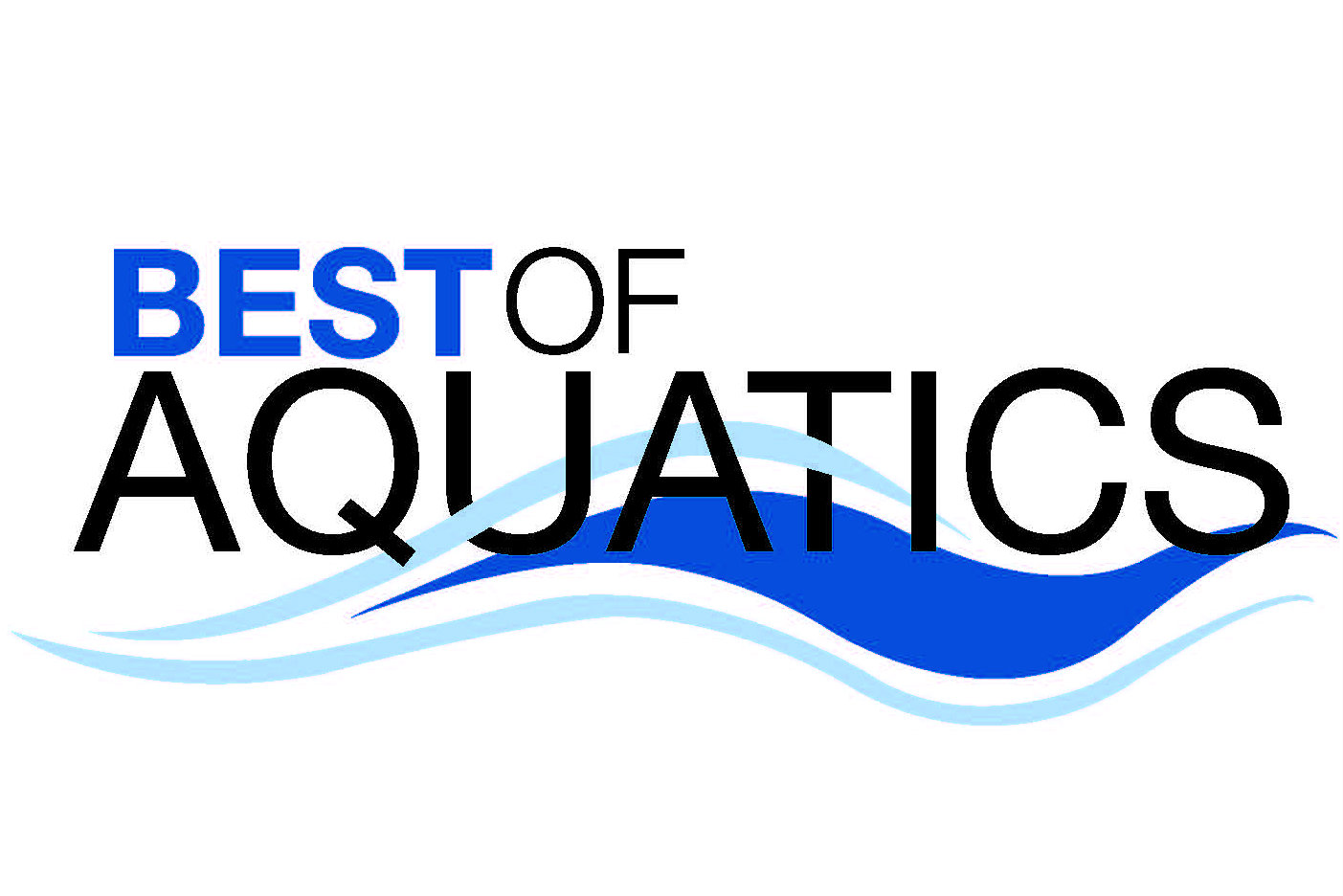Goals and challenges
For any manager overseeing a busy waterpark, making sure visitors remain safe while enjoying the experience would top the priority list.
Kevin Rowland, manager of county-owned Whirlin’ Waters in North Charleston, S.C., knows this all too well. On the park’s busiest days, up to 3,500 visitors will come through its gates. The waterpark is the largest of three owned by the county Parks and Recreation Department. It includes a variety of features — wading pool, racing slide for water mats, wave pool, and tube slides for kids, among others. The staff of 100-plus lifeguards, of which roughly 30 are on duty at any given time, has plenty to monitor. They perform 150- to 175 documented rescues from Memorial Day to Labor Day. That’s more than one per day.
“My biggest challenge in keeping it all going?” says Rowland. “Recruiting, hiring, training and managing the staff to make sure they’re always on, at the top of their game, and to keep people coming to the park happy and safe.”
How they did it
All Whirlin’ Waters lifeguards are required to attend a film session during their initial training, where they watch actual guest rescues. Rowland also posts videos to a YouTube channel (YouTube.com/lifeguardrescue) so that lifeguards, or anyone else for that matter, can see what a potential drowning looks like.
“So many people are fooled by movies and TV and don’t really understand what someone in distress or drowning looks like,” Rowland says. “I wanted to better prepare guards to be able to spot someone who was in need of help before they ever had to sit in the guard stand.”
The videos help Rowland’s team and park patrons recognize the importance of constant parental supervision and swim lessons. They also motivate lifeguards, who like showing rescues in which they’re involved to friends and family.
On the first day of training, a new guard sits in front of a room of experienced lifeguards, with all seated to face a projector screen. A film of a potential drowning is shown, and the trainee is told to say when he or she would respond. The other guards remain silent, but are instructed to raise their hands when they spot something that needs attention. Rowland stops the video. The new guard turns around to face everyone else, usually to a room full of raised hands.
“This is a great way to immediately drive home the point … that every second counts and nothing is more important than watching your water,” Rowland says.



